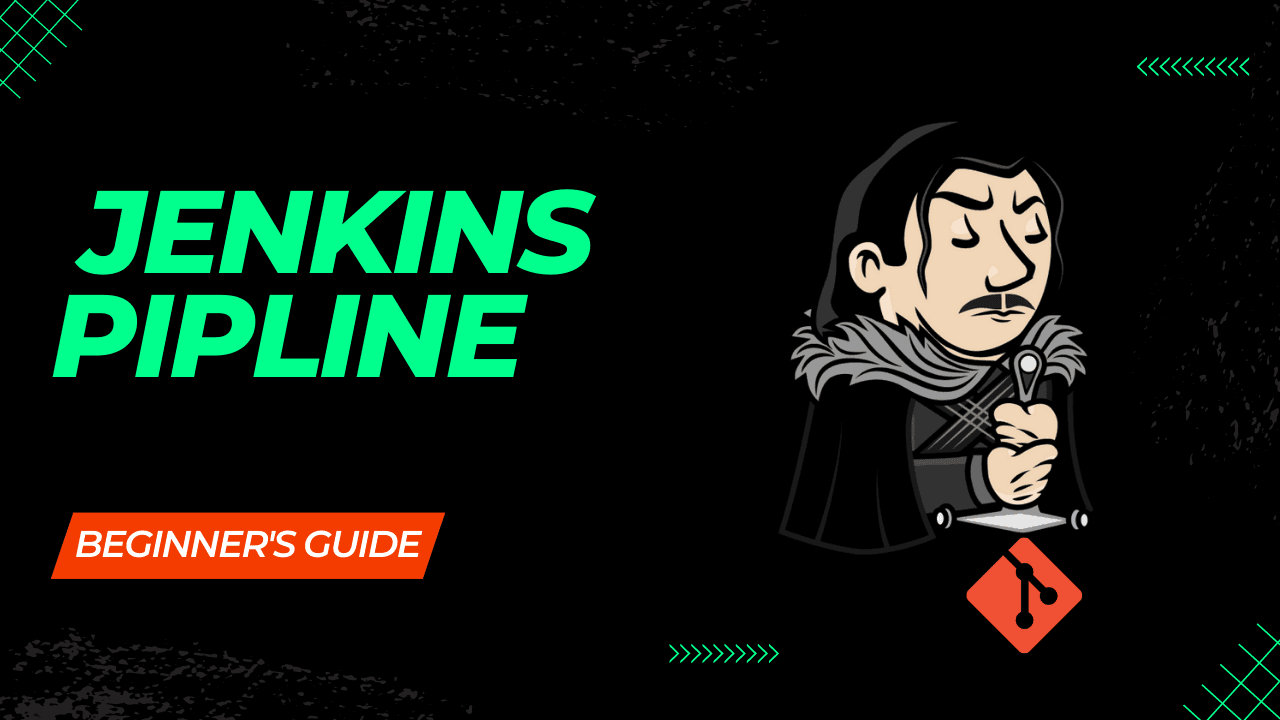Getting Started with Jenkins Part -1 🚀 CI/CD

CI/CD A Complete Beginner's Guide
In today's rapidly evolving software development landscape, the adoption of Continuous Integration/Continuous Delivery (CI/CD) is imperative. It plays a vital role in enabling teams to swiftly and effectively deliver top-notch applications. Through the automation of the software delivery pipeline, applications can be deployed consistently and with a strong emphasis on quality.
CI/CD
Continuous Integration and Continuous Delivery, commonly known as CI/CD, is an automated software delivery process that contains continuous integration, continuous delivery, and continuous deployment. Teams can significantly reduce errors and increase the frequency of new feature releases and bug fixes by automating code build, testing, and deployment.

In the realm of DevOps and modern software development, CI/CD is absolutely essential. A dedicated platform is the key to boosting productivity, maximizing efficiency, and simplifying workflows through its automatic testing, collaboration, and automation features. Development complexity can be reduced by using the features of CI/CD as applications grow larger.
Continuous Integration (CI)
In modern application development, it is common for multiple developers to work on different features simultaneously. However, merging all source code in one day can be an arduous and time-consuming task, especially if there are conflicts. This is because when a developer makes changes to an application while working in isolation, those changes may conflict with those made by other developers simultaneously.
Continuous integration involves integrating your code changes more frequently into a shared source code repository, testing each change when you commit it, and automatically beginning a build after committing it. In a continuous integration process, errors and security issues are identified and fixed more quickly, and the development process can be completed much earlier.
Continuous Delivery and Deployment (CD)
Automating builds, unit, and integration testing in CI is the first step toward continuous delivery. The ultimate goal of continuous delivery is to have a codebase that is always deployment-ready.
With continuous delivery, software is built to be deployable to production at any time. After that, you can trigger deployments manually or move to continuous deployment, where deployments are also automated.
Continuous deployment enables organizations to automate the deployment of applications. DevOps teams establish code release criteria and only approved code is deployed to production. This process significantly boosts the speed and agility of feature delivery.
What is a CI/CD pipeline?
A continuous integration and continuous delivery (CI/CD) pipeline consists of a series of steps that must be performed in order to deliver a new version of the software. The CI/CD pipeline aims to improve software delivery by automating various stages of the software development life cycle.
To ensure the safe and efficient deployment of software, the CI/CD pipeline is utilized to automate the building code, run tests, and deploy new versions.

CI/CD pipeline phases
Here are the important stages throughout the development lifecycle and workflow of the CI/CD pipeline:
- Build: This phase of continuous integration involves teams collaboratively building and compiling source code, quickly detecting and resolving conflicts.
- Test: During this stage, teams conduct automated tests for integration, unit, and regression. Tests occur in both continuous delivery and deployment.
- Deliver: Here, an approved codebase is sent to a production environment. Automated deployment to the production environment requires developer approval in continuous delivery.
- Deploy: Finally, after changes are made, the product is deployed into production. In continuous delivery, code is sent to repositories and then moved into production or deployment with human approval. In continuous deployment, this step is automated.
What is Jenkins?

The most common open-source CI/CD tool is Jenkins. Jenkins is an automated CI server written in Java and used for automating CI/CD steps and reporting. It is the heart of Continuous Integration (CI) and Continuous Delivery (CD) pipelines, orchestrating the entire process from code integration to deployment.
Conclusion
The CI/CD pipeline automates software delivery to improve speed, reduce errors, and increase collaboration between teams. It also supports Agile and DevOps methodologies for faster, more efficient app delivery, emphasizing uninterrupted software development practices.

